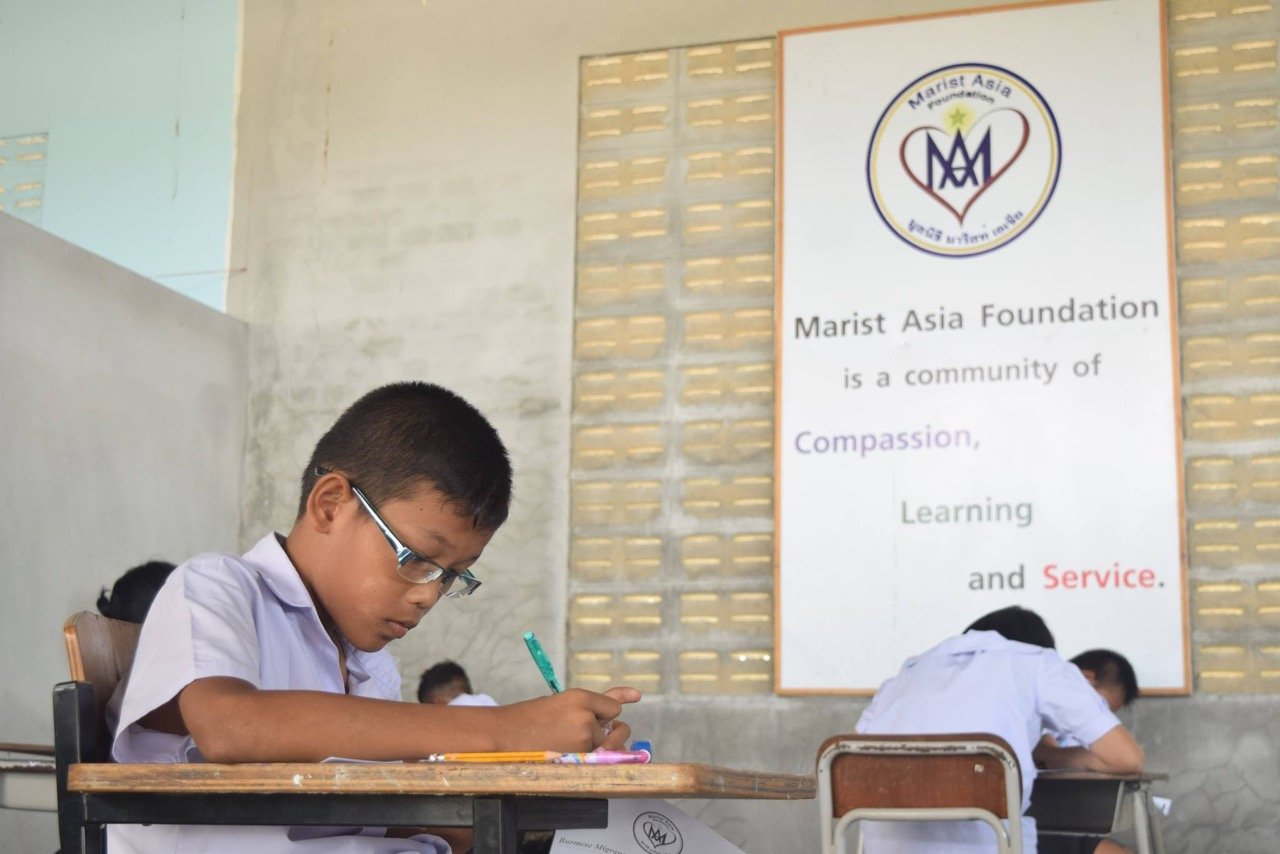THAILAND
Key Info
Population: 69,794,997
Capital: Bangkok
Main languages: Thai
Main religions: Buddhist 92.5%, Muslim 5.4%, Christian 1.2%, other 0.9%
Country Information
Geography
Thailand, nestled in the heart of Southeast Asia, boasts a surprisingly diverse landscape for its size. Towering mountain ranges rise along its borders with Myanmar and stretch down the slender Malay Peninsula in the south. These peaks give way to the central plains, the crown jewel of Thailand's geography. Here, the mighty Chao Phraya River snakes its way through fertile fields, its life-giving waters transforming the region into a rice basket that sustains the nation.
Moving northeast, the landscape transforms yet again. The Khorat Plateau dominates this region, a vast, elevated area characterized by a drier climate. In contrast, the southern peninsula presents a tropical paradise. Pristine beaches fringe both the Andaman Sea and the Gulf of Thailand, a haven for sun-seekers and nature enthusiasts alike. This remarkable geographical variety, from rugged mountains to fertile plains and idyllic coastlines, contributes to Thailand's rich biodiversity and its reputation as a land of stunning beauty.
History
Thailand's history is a captivating tale of ancient kingdoms, cultural influences, and navigating the tides of colonialism. While evidence suggests human settlements existed much earlier, the kingdoms of Sukhothai and Ayutthaya dominated the region from the 13th to the 18th centuries. These powerful states absorbed influences from India, particularly Buddhism, which remains the core religion today. Notably, Thailand managed to avoid complete European colonization during the 19th century. Through strategic maneuvering between French and British interests, it emerged as the only Southeast Asian nation to retain its independence.
The 20th century ushered in significant changes. A 1932 revolution transformed Thailand from an absolute monarchy to a constitutional one. The following decades witnessed periods of military rule alongside attempts at establishing a more democratic system. Throughout this time, Thailand played a significant role in the Cold War as a US ally in Southeast Asia. Today, Thailand continues to navigate its path, balancing its rich cultural heritage with economic development and the ongoing evolution of its political landscape.
Culture
Thailand's culture is a vibrant tapestry woven from diverse threads. Theravada Buddhism reigns supreme, shaping everything from the elaborate wats (temples) that dot the landscape to the emphasis on peace and respect. This influence is evident in the wai, a greeting where palms are pressed together in a graceful bow.
Beyond the spiritual realm, Thai culture is renowned for its warmth and hospitality. The concept of "sanuk" embodies a love for fun and a desire to enjoy life's simple pleasures. This welcoming spirit is reflected in the delicious cuisine, a delightful dance with sweet, sour, salty, and spicy flavours. Traditional performances like masked dance dramas and intricate shadow puppetry showcase the rich artistic heritage passed down through generations.
Family and social harmony hold high importance. Thais strive to avoid conflict and maintain "jai yen" (cool heart). Seniority is respected, and a delicate balance is maintained between personal needs and the needs of the group. This collectivism fosters a strong sense of community, evident in the bustling markets and the joy of celebrating festivals together.
Case Study- Marist Asia Foundation
Australian Marist Solidarity’s operations in Thailand are linked with the Marist Asia Foundation (MAF) which we have been working with since 2016. MAF’s work is on the Thailand border with Myanmar in a town called Ranong. There are over 100,000 Burmese migrants undocumented in this area who risk deportation from the Thai Government but provide a great economic boost by taking up the worst of jobs in areas like fishing and factory work, for incredibly low wages. These people often cannot speak the Thai language and as a result, do not go to school and lack basic health support.
MAF provides three separate programs to address the various issues going on in Ranong. These include the ‘Burmese Migrant Secondary Education Programme’ (BMSP), the ‘HIV Health Programme’ and the ‘Migrant Outreach Programme’.
The ‘BMSP’ provides education for Burmese young people. The Burmese community in Ranong have reported that up to 80% of their children have never started school, and of those who have, 80% drop out by age 12. This program has established Burmese learning centres, incorporating Burmese-based teaching and Myanmar's curriculum. In addition, the selected aspects of the Thai curriculum, including the language is taught, allowing the students to pave their way toward future employment or further education.
The HIV Health Program supports Burmese Migrants who are HIV positive. Ranong is the second largest HIV-positive place in Southern Thailand and Burmese migrants lack access to the health resources that Thai citizens are entitled to. This program provides holistic support to HIV-positive Burmese and increases community awareness, whilst supporting the development of a more inclusive, accepting society.
The Migrant Outreach programme seeks to provide talented teachers to support the Burmese learning centres and offer students a higher level of education. Intermediate and academic English courses are offered. The programme also identifies talented young Burmese teachers, sponsoring them to go work in the learning centres and teach Thai and English.







